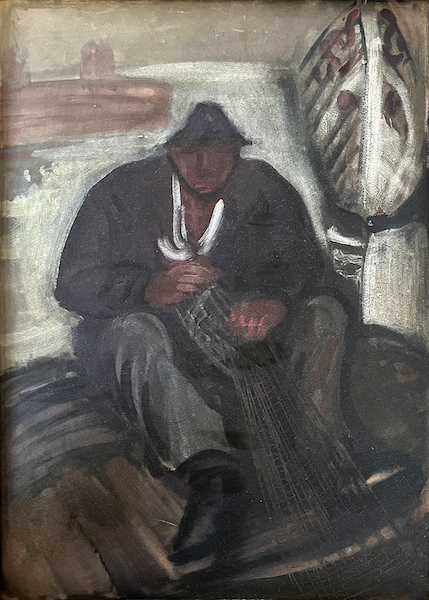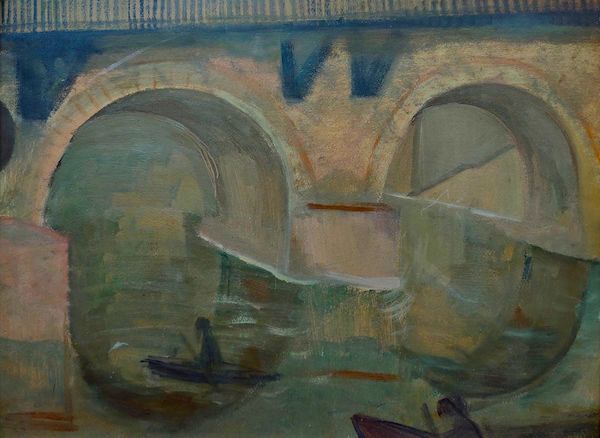Biography
He completed his higher education in Budapest at the Hungarian Academy of Fine Arts between 1926 and 1933. His master was Ágost Benkhard. In 1937-38, he went to Italy with a scholarship from the Roman School. At the beginning of the 1940s, he spent a few years creating in his homeland, Cluj-Napoca and Székelyvarság. Between 1946 and 1948, he went on a study trip to France as a scholarship holder of the French government, which he repeated several years later, on one occasion making a trip of several months (1960, 1962, 1967, 1972).
In the early period, his paintings were characterized by lyrical realism, from the 1960s onwards, in addition to the lyrical tone, his wealth of motifs and ensembles of motifs became richer. He constantly tested himself in both individual and group exhibitions. Until 1945, he was featured in the exhibitions of KÉVE, the National Salon, the Szinyei Merse Pál Society and the KÚT. After 1948, he was ignored because of his origin, and in 1955 he was expelled from the Association of Hungarian Artists and Craftsmen, but from 1957 he regularly participated in national and group exhibitions, which were customary for the time, and went to exhibitions in many European countries.
The Evening Carriage c. his painting brought him his first major success, this picture was exhibited at the KUT winter exhibition in 1935. His landscapes and portraits of forest people painted in Transylvania were recognized by the Pál Szinyei Merse Society, and he won the society's grand prize (1942). His encounter with the Parisian art world turned his interest towards modern painting trends.
He was also an excellent master of book illustration, volumes of numerous classics of Hungarian and world literature are decorated with his series of pen drawings and gouache illustrations, including Lajos Áprily: Report from the Valley. (Budapest, 1965); Mihály Babits: Sons of Death. (Budapest, 1972); François Villon: All his poems. (Budapest, 1979); Thomas Mann: Selected Stories. (Budapest, 1974.)
He designed theater sets for performances of Hungarian and foreign classic dramas, including John Osborne: The Comedian. (József Katona Theater, Budapest, 1958.); Arthur Miller: A View from the Bridge. (Petőfi Theater, Veszprém, 1961.); Ede Szigligeti: Liliomfi (Petőfi Theatre, Veszprém, 1961); Friedrich Dürrenmatt: Physicists. (National Theatre, Miskolc, 1966); László Németh: The devil of writing. (National Theatre, Szeged, 1970); Imre Sarkadi: Köműves Klemen. (Petőfi Theatre, Veszprém, 1974.)


